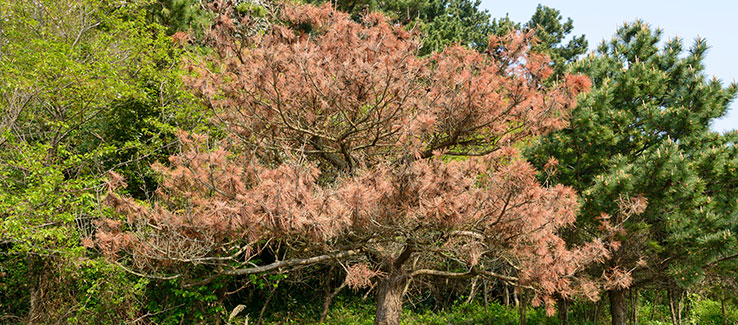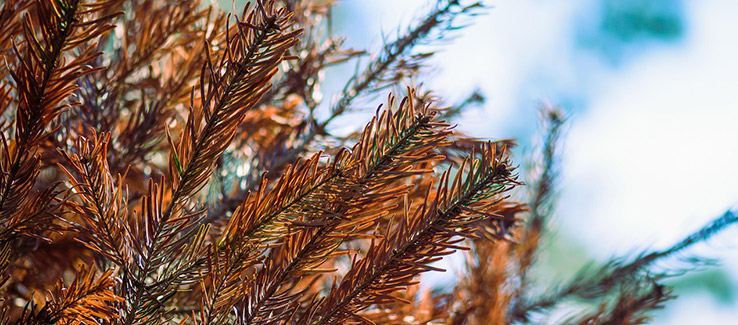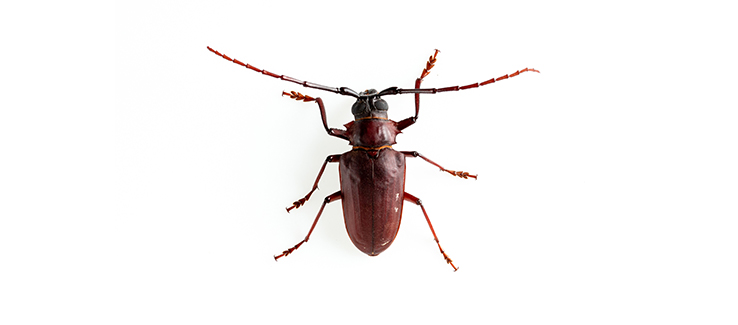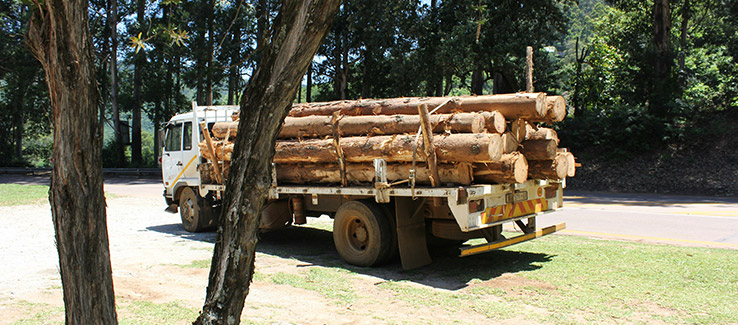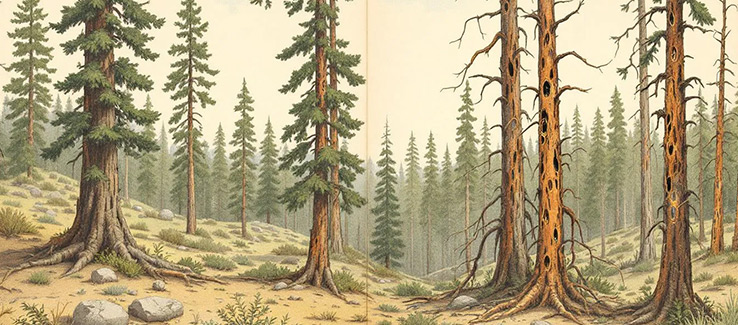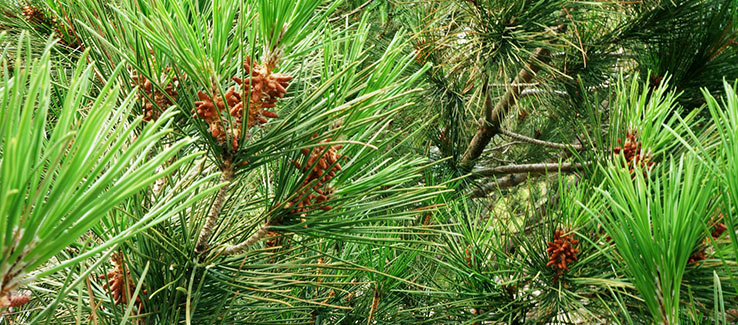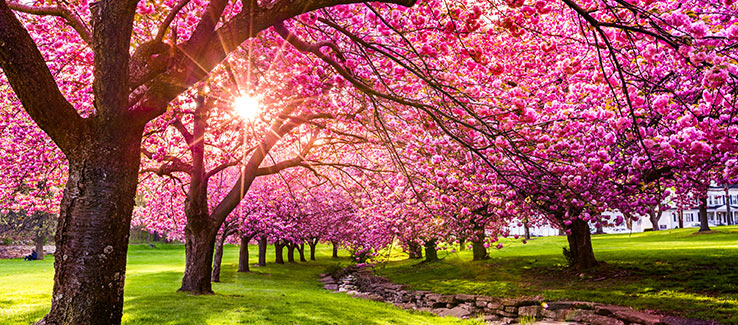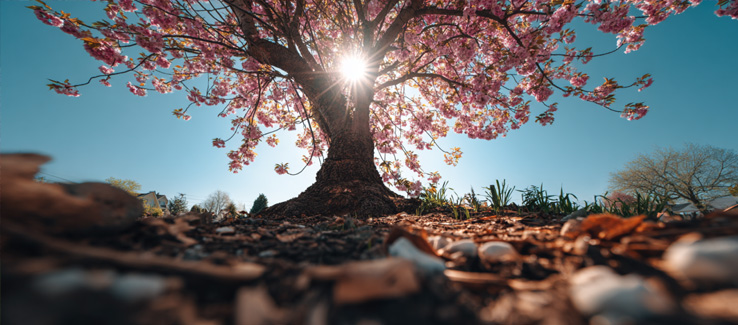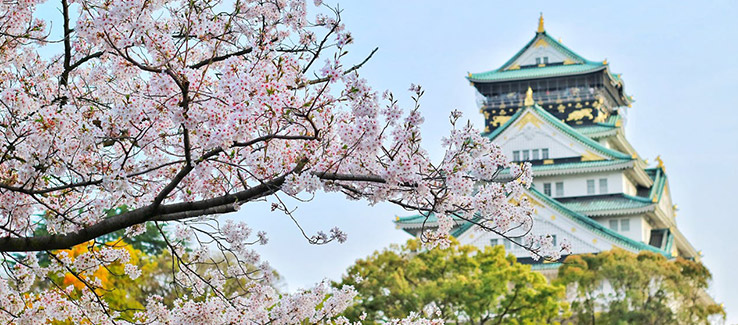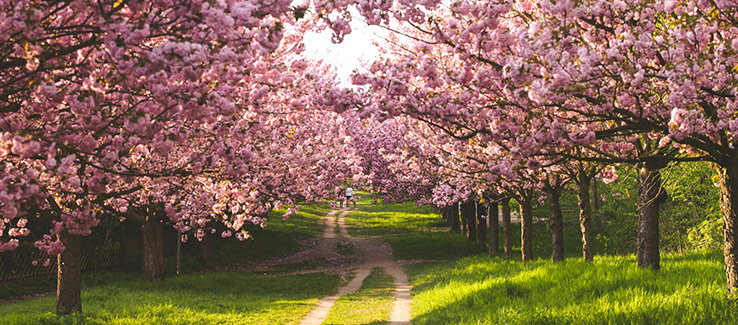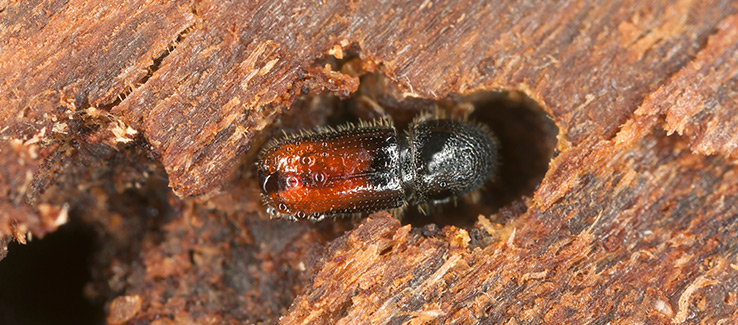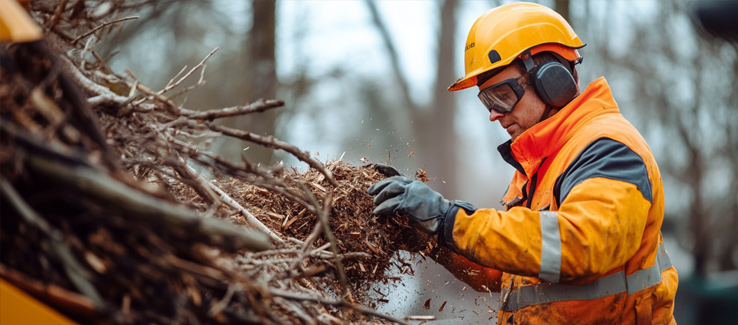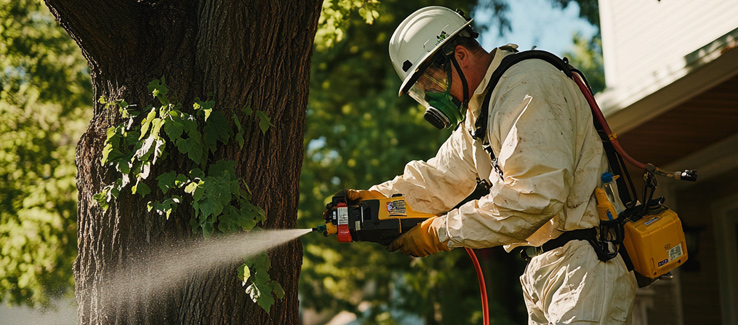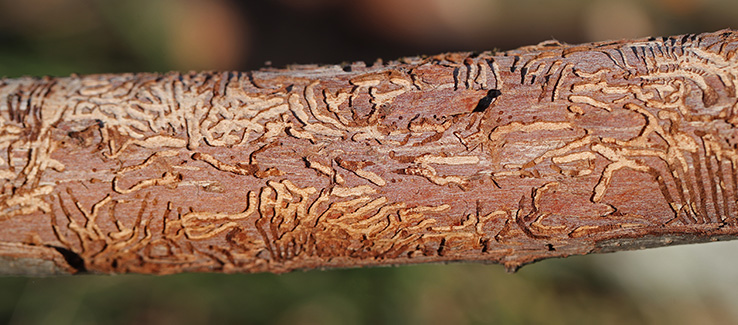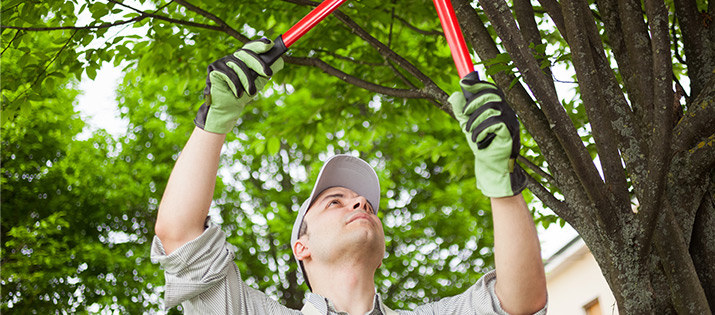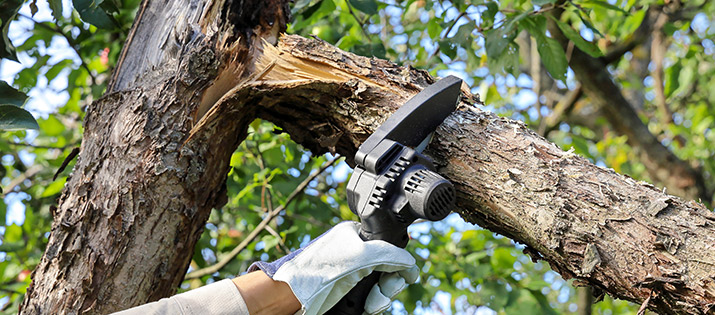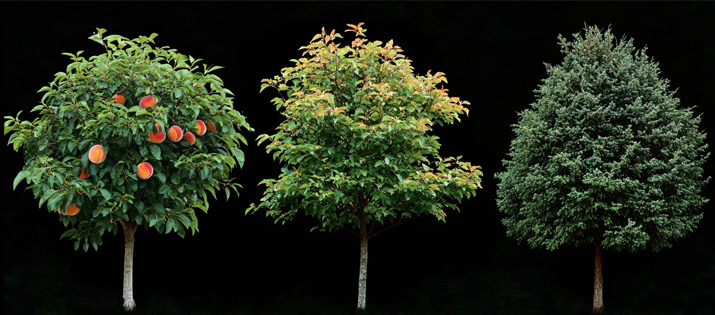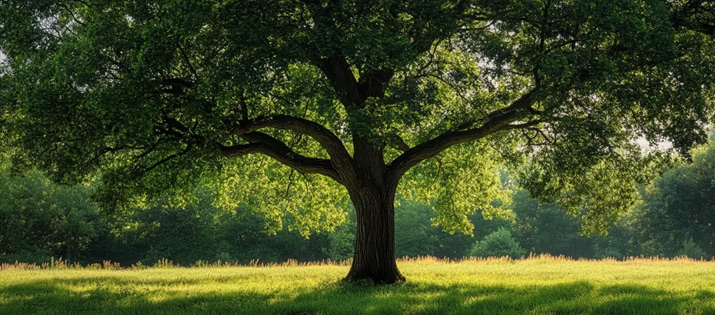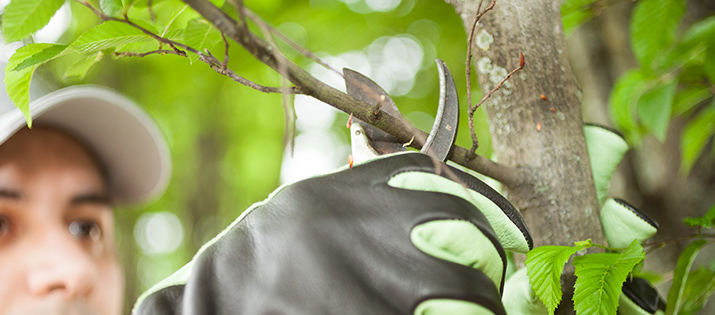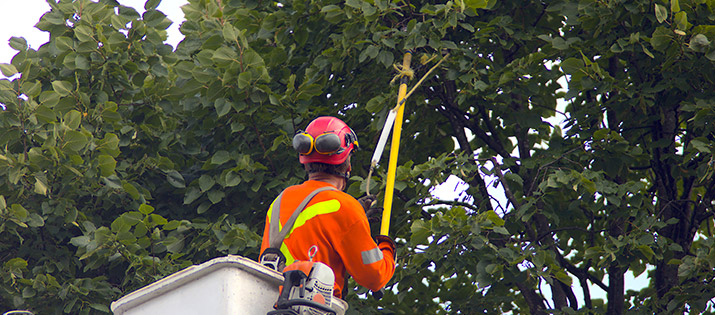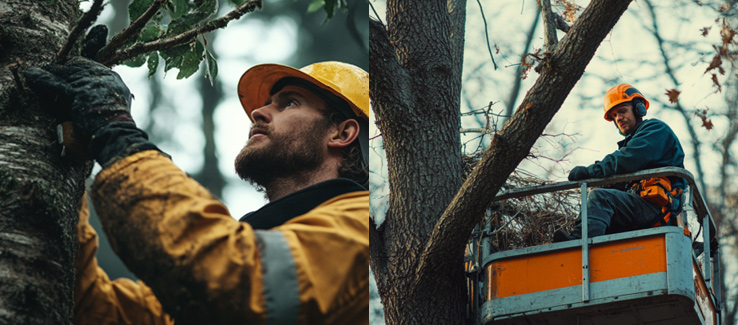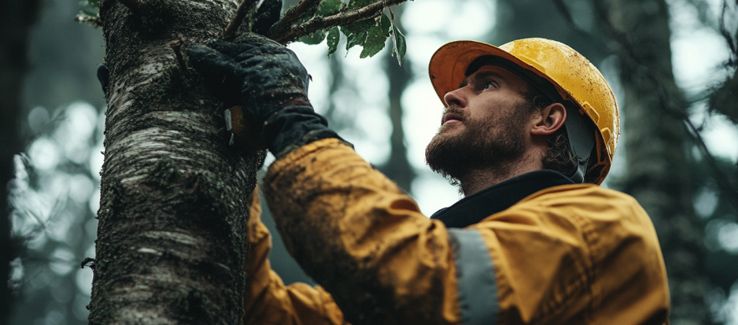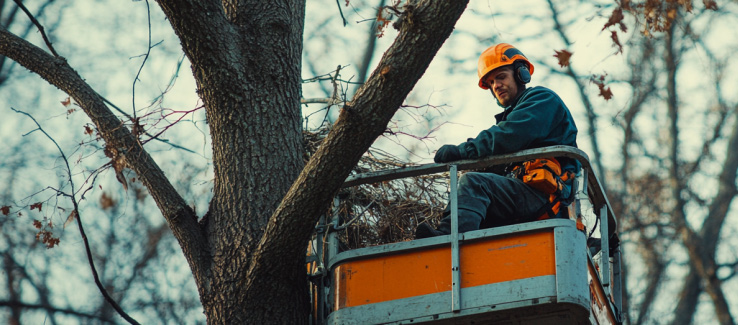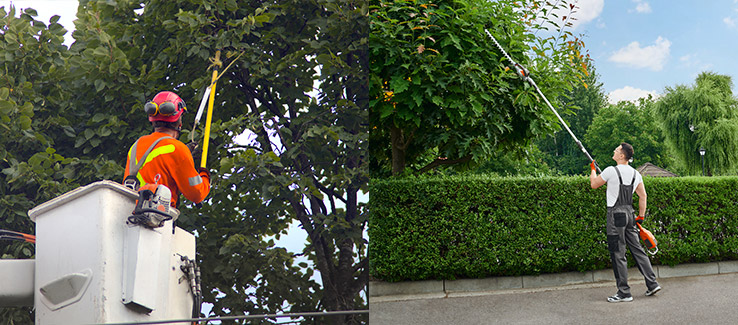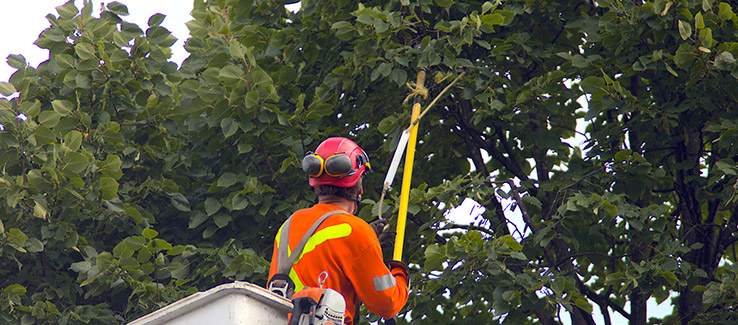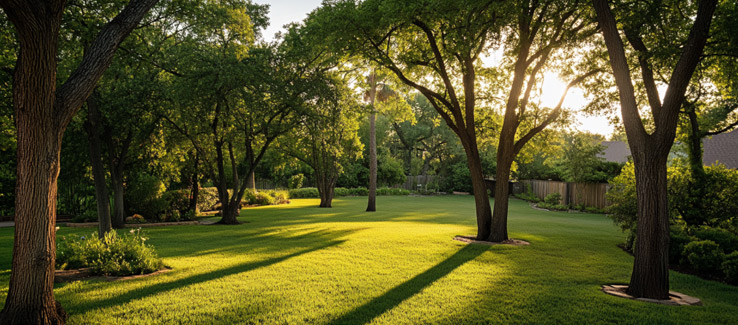Citrus canker is a serious bacterial disease that creates damaging lesions on leaves, stems, and fruit, ultimately weakening citrus plants and reducing crop quality. This fasttreeremovalatlanta.com article outlines how the disease develops, the key symptoms to look for, and the most effective methods for managing and preventing its damaging spread.
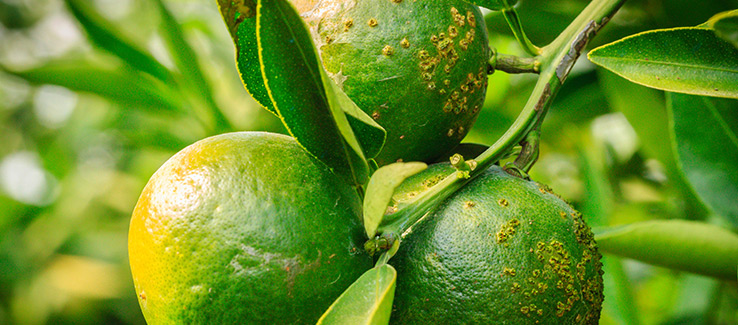
Key Takeaways
- Citrus canker, caused by Xanthomonas citri, poses a significant threat to citrus production, particularly in warm, moist environments where its spread is facilitated.
- Effective control methods for citrus canker include chemical treatments, biological controls, and cultural practices, each playing a vital role in managing the disease.
- The economic impact of citrus canker is substantial, with estimated potential losses reaching $2.5 billion, underscoring the need for proactive measures to protect the citrus industry.
Understanding Citrus Canker
Citrus canker disease, caused by the bacterium Xanthomonas citri, thrives in moist and warm environments, making citrus-growing regions particularly vulnerable. This bacterial disease has been reported in several United States citrus canker states, including Florida, Alabama, Louisiana, Texas, and California, posing a significant threat to the citrus industry in these regions. Young leaves, stems, and developing fruits are most susceptible to infection, highlighting the importance of early detection and management.
Grasping the life cycle of citrus canker, identifying its symptoms, and recognizing its impact on various citrus species are essential steps in forming effective control strategies. These insights help growers protect their citrus trees and lessen the damage this persistent disease can cause.
Life Cycle of Citrus Canker
The life cycle of citrus canker is both fascinating and formidable:
- Citrus canker bacteria can survive on plant surfaces for months, waiting for optimal conditions to proliferate.
- They spread through natural openings or wounds, turning every cut or tear into a potential entry point.
- Warm weather further enhances bacterial spread.
- These combined factors lead to rapid infection during the growing season.
Asiatic citrus canker, in particular, poses a significant threat as it aggressively infects citrus trees, leading to widespread damage. The persistence of bacteria on leaf surfaces and their ability to enter through leaf stomata or wounds underscore the importance of maintaining healthy, intact citrus plants. Recognizing these pathways enables growers to implement targeted measures to control the disease and safeguard their orchards, especially when dealing with an infected tree.
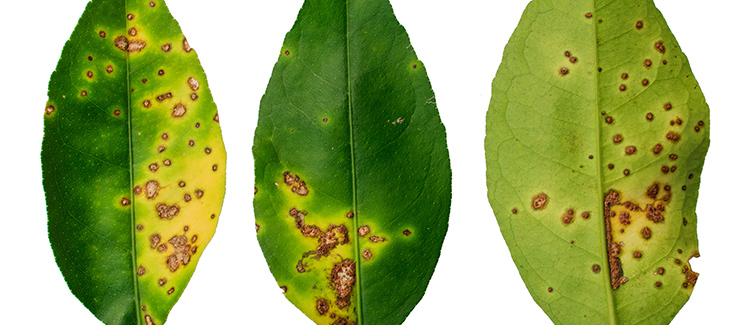
Identifying Symptoms
Detecting citrus canker lesions early is crucial for effective management. Symptoms usually appear within 9 days of infection, appearing as raised, brown lesions with yellow halos on leaves, stems, and fruit. These lesions are often surrounded by a yellow halo, making them relatively easy to identify.
As the disease progresses, these raised lesions can coalesce, leading to significant damage to the plant. Older lesions may appear corky and severely affect the fruit’s aesthetics and market value. Identifying these symptoms early enables timely intervention, helping reduce the spread and impact of the disease in citrus orchards.
Impact on Different Citrus Species
Citrus canker affects various citrus species differently, with grapefruit, Mexican lime, and certain sweet orange cultivars being particularly vulnerable. The CC-A strain of citrus canker, for instance, causes significant damage to these species and can lead to extensive crop losses.
Lesions on leaves, stems, and fruit cause premature fruit drop and reduce overall yield. This impact is especially severe in regions where large groves of these susceptible species are cultivated, as widespread lesions and early fruit drop can drastically limit production.
Recognizing the specific vulnerabilities of both moderately susceptible and highly susceptible citrus hosts allows growers to implement targeted control measures, helping to mitigate the economic impact of citrus canker on their orchards.
Methods to Control Citrus Canker
Controlling citrus canker requires a multifaceted approach that combines chemical, biological, and cultural practices. The citrus industry has long grappled with the challenges posed by this disease, with significant financial implications for growers. If citrus canker were to become endemic, the economic losses could cost billions of dollars, making effective control measures essential.
This section explores the various methods available to control citrus canker, from the use of copper-based bactericides to disease-resistant varieties and stringent cultural practices. Implementing these strategies helps growers reduce the incidence and severity of citrus canker, thereby protecting their crops and livelihoods.
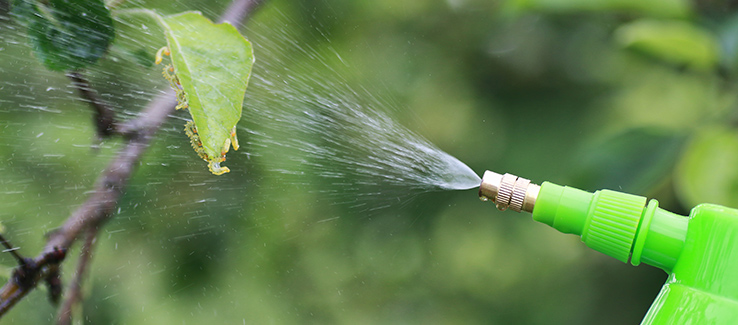
Chemical Controls
Chemical controls remain a cornerstone in the fight against citrus canker. Copper-based bactericides are widely used and recommended for their effectiveness in reducing bacterial populations on leaves and preventing fruit infection. Products like Aura Citrus, when used alongside copper hydroxide, have shown promise in managing citrus canker, reducing symptoms, and fruit drop.
However, long-term use of copper sprays raises concerns about the development of resistant strains and copper accumulation in the soil. Despite these concerns, starting treatments during the fall flush in high-disease-pressure areas remains a standard practice for effectively controlling citrus canker.
The continuous evaluation of antibiotics, resistance-inducing compounds, and disinfectants over the years highlights the ongoing efforts to refine chemical control strategies.
Biological Controls
Biological controls offer an environmentally friendly alternative to chemical treatments. Using disease-resistant varieties can significantly reduce the incidence of citrus canker, providing growers with a sustainable solution. Additionally, microbial agents such as Trichoderma harzianum enhance citrus trees’ natural defenses when applied as a soil drench, further protecting the plants from infection.
Integrating resistant cultivars with biological agents can enhance overall protection against citrus canker, reduce reliance on chemical treatments, and promote a healthier ecosystem. This approach not only mitigates the impact of citrus canker but also supports sustainable agricultural practices.
Cultural Practices
Cultural practices play a critical role in preventing the spread of citrus canker. Important measures include:
- Implementing strict protocols for the movement of citrus nursery stock out of quarantined areas to hinder the spread of infection.
- Inspecting citrus shipments.
- Maintaining the sanitation of tools and equipment to prevent the introduction and spread of citrus canker in orchards.
To limit the conditions favorable for citrus canker development and minimize the risk of disease spread, consider the following measures:
- Minimize leaf wetness.
- Implement proper drainage.
- Follow decontamination protocols for equipment and personnel moving between groves.
- Apply decontamination protocols during harvesting operations.
These cultural practices, when rigorously followed, can significantly reduce the incidence of citrus canker.
Preventing Citrus Canker Spread
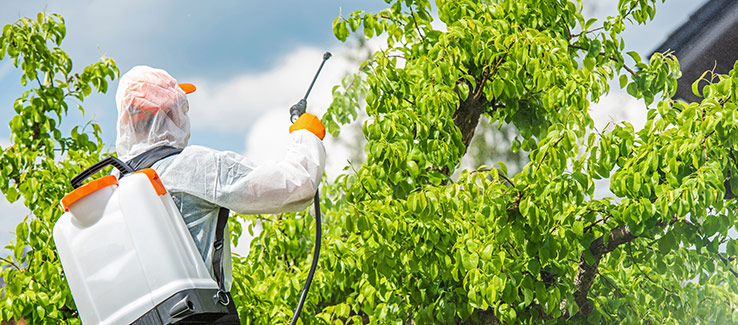
Preventing the spread of citrus canker is essential to safeguard the citrus industry. Frequent rainfall and warm temperatures promote the growth of citrus canker, making environmental controls and regulatory measures critical. The Florida Department of Agriculture, for instance, took drastic measures by removing over 50,000 citrus trees, including healthy ones, to control the disease. Such regulatory actions are necessary to prevent the disease from imposing further restrictions on fruit shipments from infested areas.
This section delves into integrated pest management, environmental controls, and regulatory measures that are crucial for controlling the spread of citrus canker. Adopting these strategies helps growers protect their orchards and the broader citrus industry from the devastating effects of this disease.
Integrated Pest Management
Integrated pest management (IPM) is a holistic approach to maintaining citrus tree health and preventing disease outbreaks. Regular monitoring of pest populations is a key component of IPM, allowing for early detection and timely intervention. Sourcing citrus trees from certified nurseries ensures healthy and resilient plant stock, reducing the risk of introducing infected plants into orchards.
Implementing IPM in residential areas involves regular assessments and control measures that are effective in preventing citrus disease. This proactive approach helps maintain the overall health of citrus trees, minimizing the impact of pests and diseases.
Environmental Controls
Environmental controls, such as establishing windbreaks, can significantly reduce the spread of citrus canker by limiting the movement of infected plant material and bacteria carried by wind-driven rain. Wind-driven rain is a major factor in dispersing bacteria from infected lesions, facilitating the spread of the disease. Windbreaks help minimize rain splash and reduce infection severity by lowering wind speed, providing a buffer that protects citrus trees.
Windbreaks can reduce wind speed drastically, making them an effective tool for canker control. Avoiding wet handling practices is also essential to reduce the spread of citrus canker, as free moisture promotes bacterial proliferation.
Regulatory Measures
Quarantine measures are essential for controlling the movement of infected citrus plants and preventing the further spread of citrus canker. The primary way the disease spreads is through the transportation of infected trees and material. Together, many states have had to destroy millions of trees since the outbreak began in 1995, demonstrate the seriousness of these measures.
Preventive measures, such as quarantines, are crucial for safeguarding citrus groves from the spread of canker. By controlling the movement of infected plant material, regulatory measures help contain outbreaks and protect the citrus industry from significant economic losses.
Economic Impact of Citrus Canker

The economic impact of citrus canker on the citrus industry is profound. Severely infected citrus trees may lose their leaves and prematurely drop fruit, leading to reduced yields and significant financial losses for growers. The disease poses economic challenges by affecting both the quality and volume of citrus fruit production.
This section explores the global distribution of citrus canker and its economic implications. By understanding the widespread nature of the disease and its financial impact, stakeholders can better appreciate the urgency of implementing effective control measures.
Global Distribution
Citrus canker is prevalent in many tropical and subtropical climates, affecting numerous citrus-producing countries. The disease impacts key citrus-producing nations in Southeast Asia and Brazil, as well as regions in South America and subtropical climates, posing significant production challenges.
The widespread nature of citrus canker highlights the need for global cooperation and robust control measures. Recognizing its distribution enables growers and policymakers to develop targeted strategies to mitigate the disease’s impact on citrus production worldwide, as it can spread rapidly.
Economic Losses
Severe citrus canker infections lead to premature fruit drop and significantly affect the market value and profitability of affected fruit. The combined effects of reduced yields and diminished market value create substantial economic challenges for citrus growers.
Addressing these economic losses requires effective management strategies and support from industry stakeholders. By mitigating the impact of citrus canker, the citrus industry can sustain its productivity and economic viability.
Citrus Canker Summary
In summary, combating citrus canker necessitates a comprehensive understanding of the disease, its symptoms, and its impact on different citrus species. Effective control methods, including chemical, biological, and cultural practices, are essential for managing the disease and preventing its spread. Preventive measures, such as integrated pest management, environmental controls, and regulatory measures, play a critical role in safeguarding citrus orchards.
The economic impact of citrus canker is significant, as it affects yields and profitability. By implementing robust control strategies and fostering global cooperation, the citrus industry can mitigate the effects of this devastating disease and ensure a sustainable future for citrus production. Together, we can protect our citrus trees and preserve the vitality of the citrus industry.
Citrus Canker Frequently Asked Questions
Does citrus canker affect humans?
Citrus canker does not affect humans, animals, or any plant life outside of citrus. It is a disease that affects only citrus plants.
Is citrus canker safe to eat?
Citrus canker does not pose a health risk to humans, making the infected fruit safe to eat; however, the fruit is often deemed unmarketable due to its unattractive appearance.
What causes citrus canker?
Citrus canker is caused by the bacterium Xanthomonas axonopodis pv—citri, which flourishes in warm and moist conditions. Therefore, controlling humidity and temperature is essential to manage its spread.
How can I identify citrus canker symptoms early?
To identify citrus canker symptoms early, look for raised brown lesions surrounded by yellow halos on leaves, stems, and fruit, which can appear within nine days of infection. Timely detection is crucial for effective management of the disease.
What are the most effective chemical controls for citrus canker?
Copper-based bactericides, particularly Aura Citrus combined with copper hydroxide, are the most effective chemical controls for managing citrus canker, as they significantly reduce bacterial populations and prevent fruit infection.
(404) 220-9963
To view the orignal version of this post, visit: https://www.fasttreeremovalatlanta.com/combating-citrus-canker

